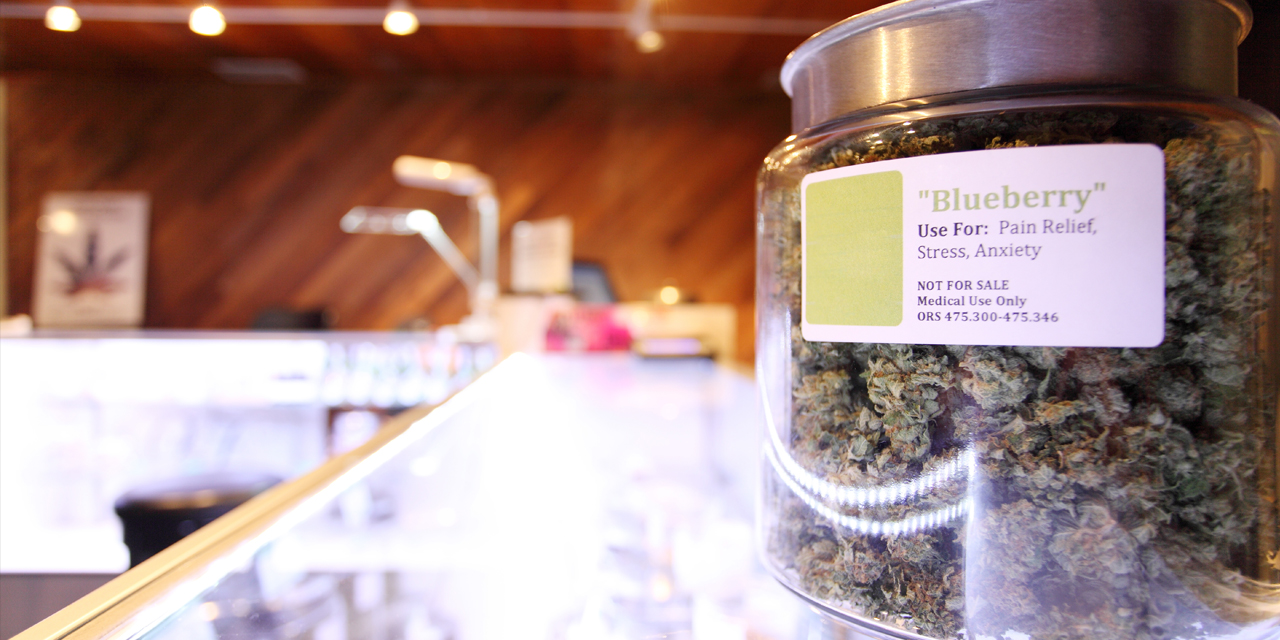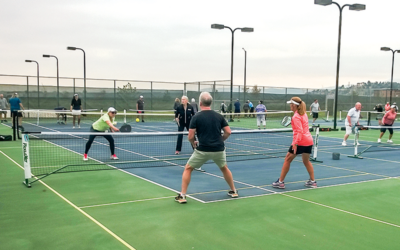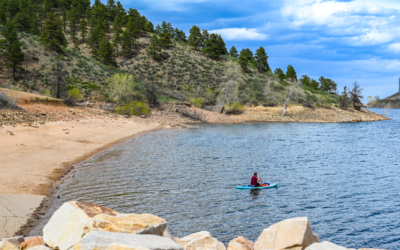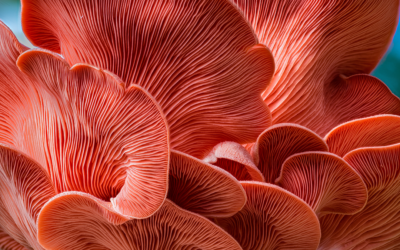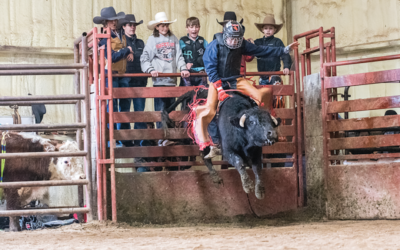Curious about what it’s like to legally purchase marijuana in Colorado? First-timers need not worry. Whether you call it reefer, pot, mary jane, or ganja, local professionals are here to help you navigate “through the weeds.”
You’ve seen the store signs all over town and have probably wondered what they look like on the inside. It’s a good idea to educate yourself before your first visit to maximize your experience.
What to Bring and What to Expect
Have an ID showing that you are at least 21 years of age and have cash on hand; most don’t take plastic.
It’s a good idea to research what a particular store has available before you head in. Websites are a fantastic way to explore so your shopping experience is faster and simpler.
Don’t expect to handle or touch any products while you are there. Safety and cleanliness are taken very seriously in dispensaries and you don’t want to be asked to leave.
Remember, you are not allowed to haggle about price or smoke in the parking lot. As long as you respect the personal space and privacy of others, your experience will be enjoyable and story-worthy. Don’t even think of snapping photos inside.
Alyssa Magee is the medical manager at the Natural Alternatives for Health dispensary in Fort Collins. The two-story cannabis dispensary operates both recreational and medical sales of marijuana.
“We try to make it feel like a living room or spa,” says Magee. “We want customers to feel peaceful and relaxed.”
Magee notes that the establishment is generally busier Fridays through Sundays. First-timers may want to make their visit earlier in the day and midweek.
You can go to their website, www.naturalalternativesforhealth.com, for more information about recreational and medical sales of marijuana and which product may be right for you.
Infinite Wellness Center in Fort Collins is one of the few medical and recreational dispensaries in the state that accepts credit cards. Marketing manager Max Poling says that some customers are more reserved than others.
“It’s important to exercise discretion with all of our customers,” says Poling, noting that the dispensary separates medical check-in sales from recreational sales.
“Our budtenders are trained in both med and rec aspects of the plant, but are not medical doctors and cannot give medical advice,” says Poling. “Our staff can assist people with treatment based on a doctor’s recommendation. There is no legal prescription for marijuana in the United States and it is still federally illegal. Medical cannabis cards are recommended.”
Infinite Wellness Center has a buying guide and blog at www.iwc8.com.
What to know before you eat
Edibles are popular for first-time consumers because they produce no odor and can be carried and consumed discreetly. Edibles create a different experience from smoking the flower of concentrate and are not harsh on your lungs.
Common forms of edibles are baked goods, candies and gummies. This form of cannabis consumption tastes good and usually isn’t as headstrong, meaning there is less of a euphoric feeling in the head. Most clients appreciate the fact that edibles are consumed in measurable doses.
It takes longer to start feeling the effects of edible marijuana and longer for those effects to go away. First-time users will want to clear their schedule before eating. All edible users are encouraged to take it slow and start with a small dose. It is recommended to start with a dose of 10 milligrams or less. Don’t assume you have a high tolerance. It’s also important to note that edibles can look attractive to children, so store away from kids and out of plain sight.
Key Terms
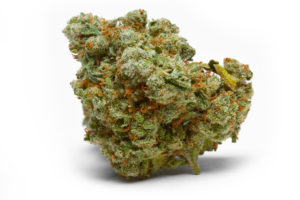
Flower: The bud of the cannabis plant. Unlike roses, these flowers are trimmed of their leaves and dried for the user to smoke.
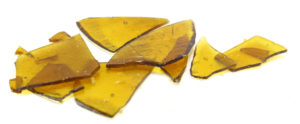
Concentrates: Refers to any product that refines flowers into something more clean and potent, such as wax, shatter (glass-like rocks) or oils. They are highly potent.
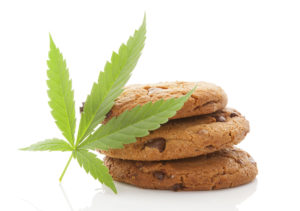
Edibles: Products infused with marijuana and eaten.
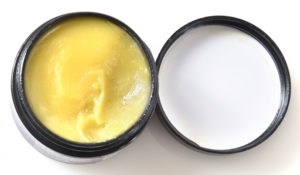
Topicals: Creams, balms, oils and sprays that are applied to the surface of the skin and not ingested. They are typically used for pain relief.
The FAQs about P-O-T
1. Is there a difference between marijuana and cannabis?
Cannabis is the scientific name of the plant, of which there are a variety of strains. Marijuana is a nickname coming from the Spanish word marihuana.
2. What’s the difference between sativa and indica?
A budtender will tell you that sativa strains are better-suited for daytime and indica strains are well-suited for nighttime. Sativa is known to provide alertness, increased energy, stimulate creativity and create an uplifting and euphoric feeling. Indica generally provides deep relaxation, pain relief, performs as a sleep aid and can be an appetite stimulant. There are also hybrid products that combine the two subspecies.
3. What’s the difference between THC and CBD?
The cannabis plant contains dozens of chemicals, but the most common are THC (tetrahydrocannabinol) and CBD (cannabidiol). THC is psychoactive and CBD is not. THC provides a “high” feeling, providing mind-altering affects. CBD is known for its medicinal-like qualities and anti-depressive influences.
4. Where can marijuana be used?
Using marijuana in any form (smoking, eating or vaping) isn’t allowed in public. Marijuana use is legal on private property. However, property owners, landlords and rental companies can ban the use and possession of marijuana on their premises.
Malini Bartels is a lifelong creative working at the Music District and a proud mother of two.
To comment on this article, send an email to letters@nocostyle.com.

